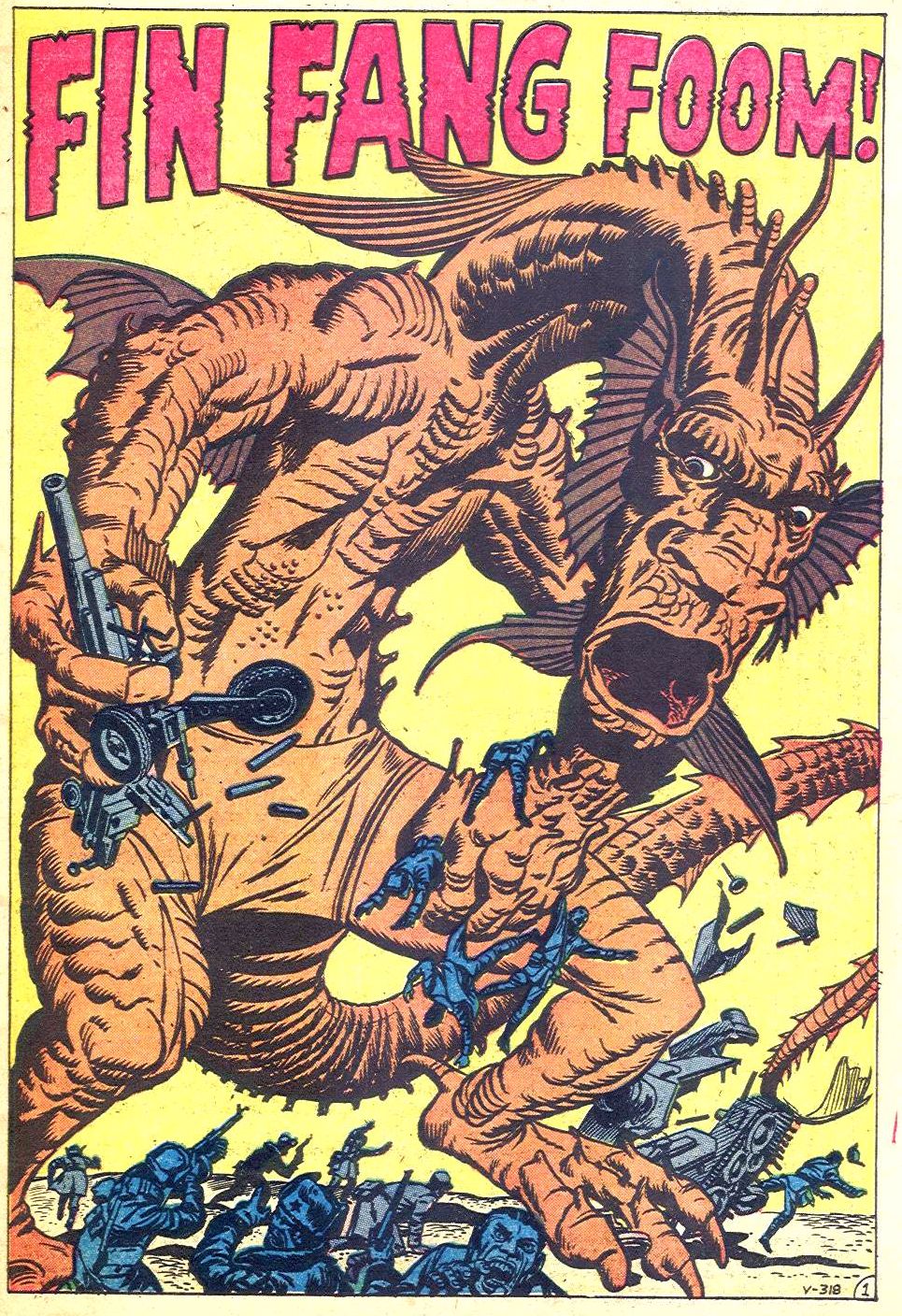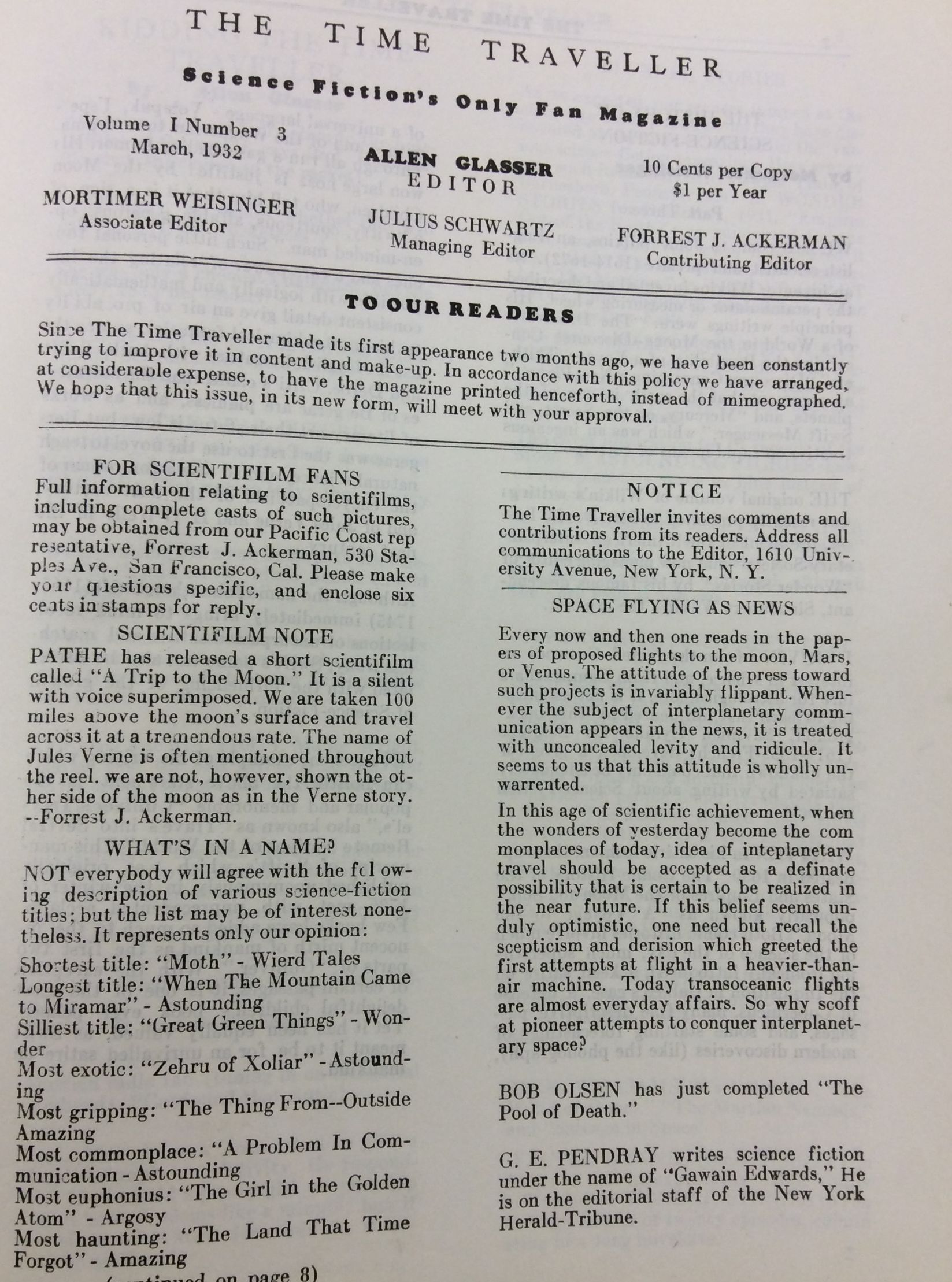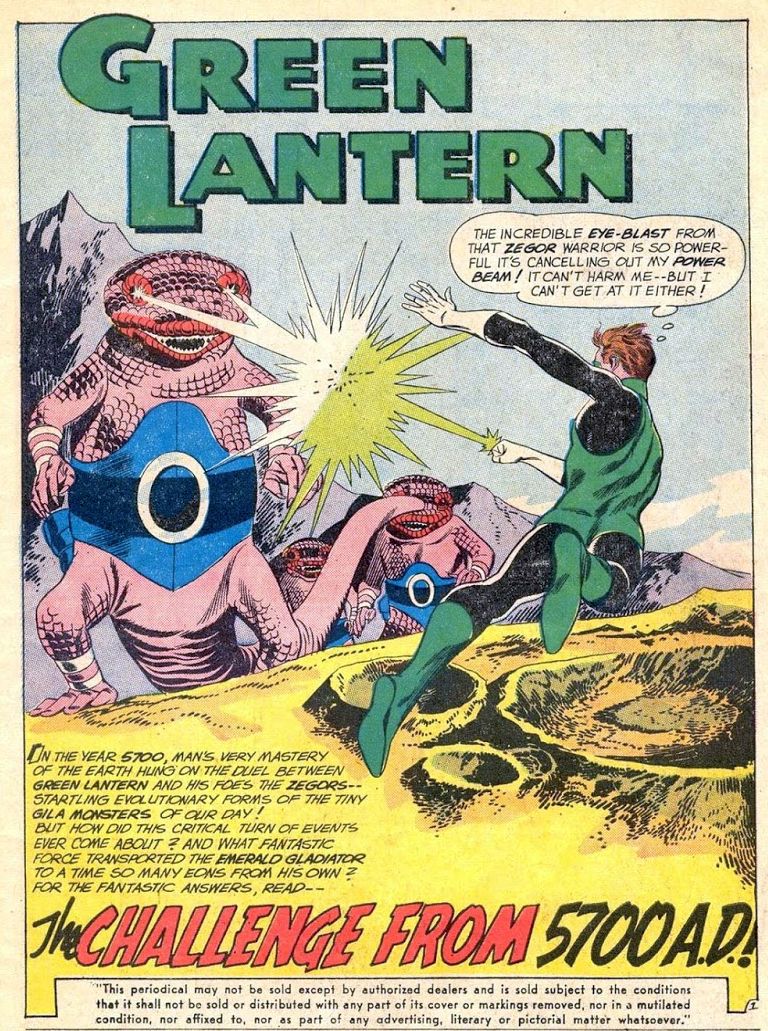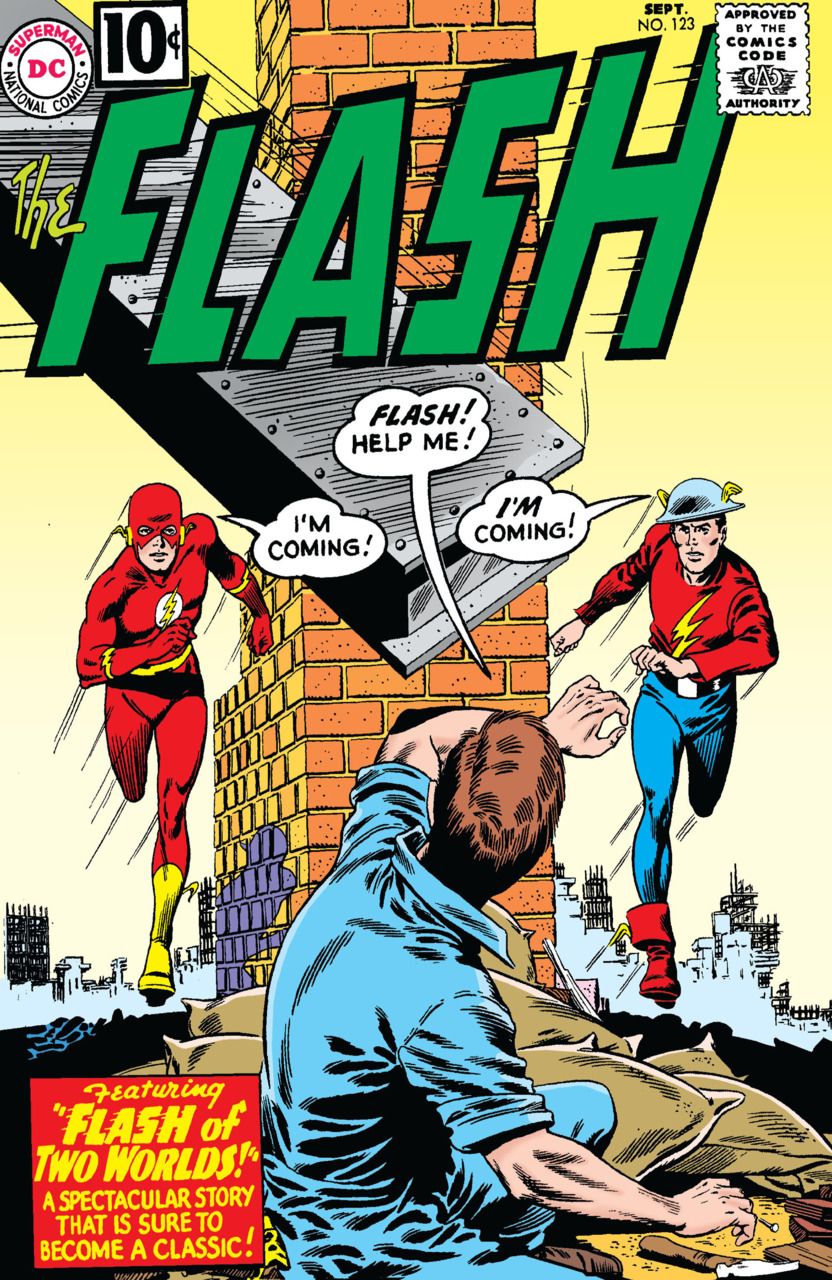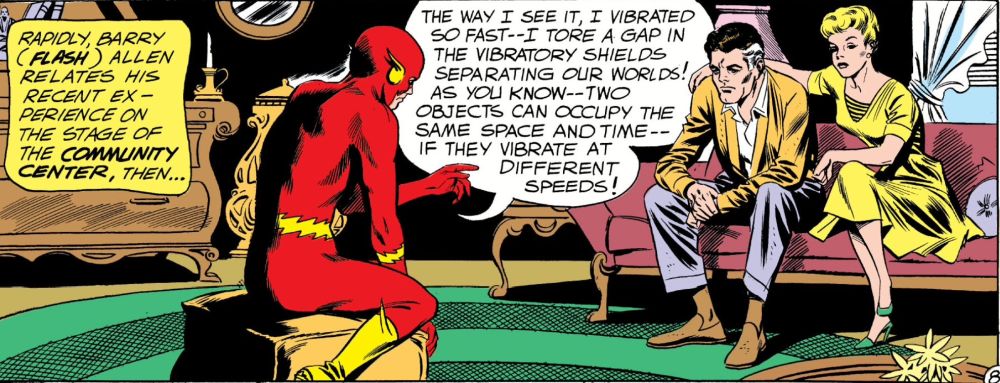[While you're reading this article, why not tune in to KGJ, Radio Galactic Journey, playing all the current hits: pop, rock, soul, folk, jazz, country — it's the tops, pops…]

by Jason Sacks
I like and admire the work of our dear friend, the Traveler. His insights into science fiction are outstanding (he’s turned me on to some of my favorite writers, including the delightful Keith Laumer) and his passions are infectious.
But last month, dear Mr. Marcus published an article so dunderheaded, so wrong in its conclusions, that it read like an essay by Dobie Gillis rather than from a mature and well-read adult. I’m astounded Mr. Marcus actually professed that the output of mediocre Marvel Comics was “compelling”, “on the crest of a wave”, and reaching a “fever pitch.”
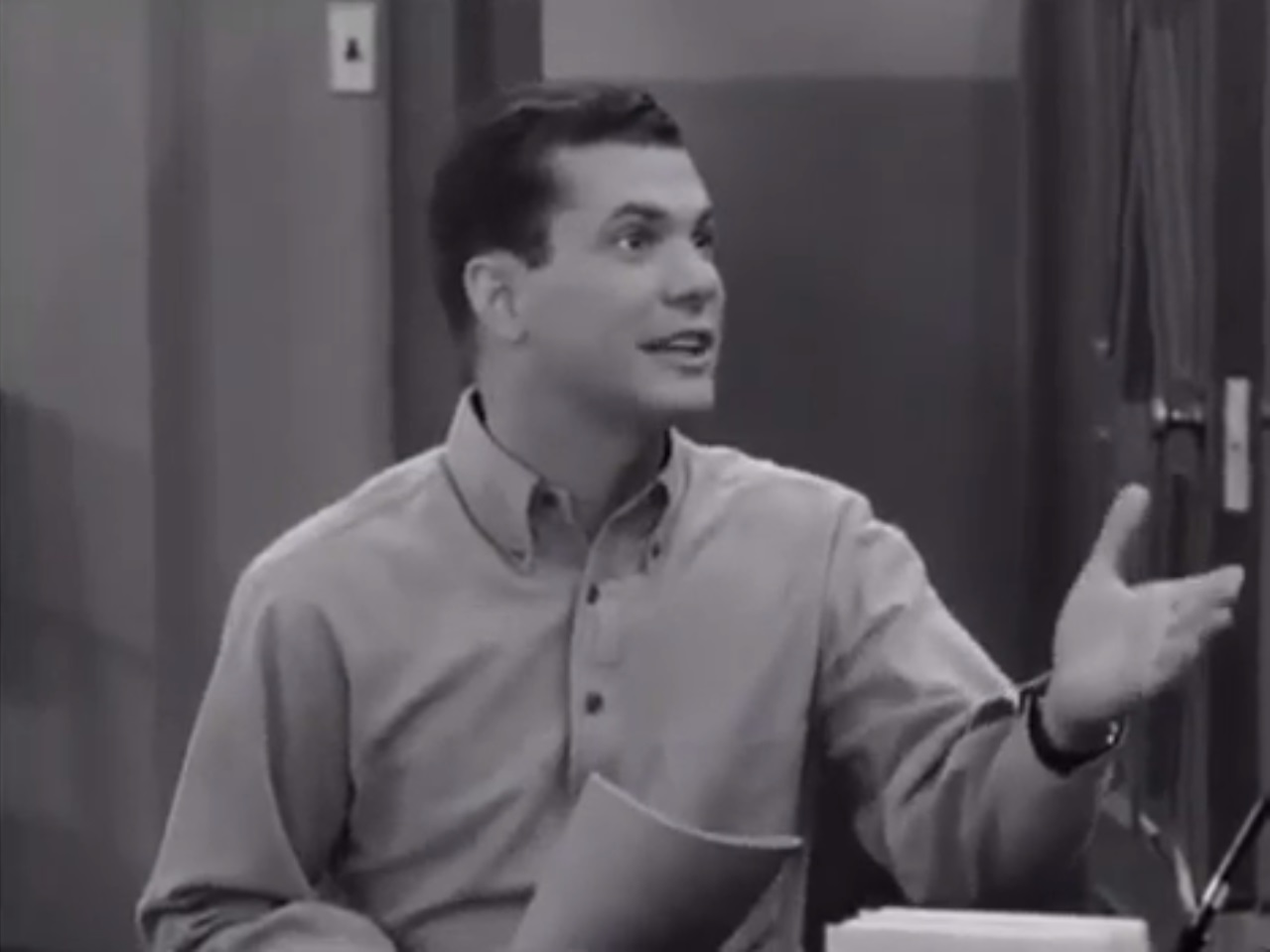
Yes, these comics induce a fever, but to me it’s a fever much like the onset of polio.
With rare exceptions, I’ve always found Marvel Comics to be poorly drawn and poorly plotted, lacking the discipline of good science fiction and frequently breaking the most important rule of good science fiction; namely, getting the science right. Marvel insults their readers’ intelligence continually, especially in their origin stories. Having origin stories based on such amorphous, deus ex machina ideas as cosmic rays, gamma bombs, and the pièce de résistance, a radioactive spider, Marvel (particularly head writer Stan Lee) present a world in which science is treated as a trump card overriding all rationality. Beyond that, the art in Marvel Comics is clumsy and amateurish compared to the work appearing in both DC and Archie Adventure titles. That awkwardness is no surprise because Jack Kirby illustrates many of those titles. Kirby’s rough and tumble style may have worked in the 1940s and ‘50s, but he’s clearly behind the times in the ‘60s. He’s lucky to have found work at one of the worst publishing houses in America. It’s hard to imagine that style having much influence on future generations of comic fans, unless he tamps down the grandiosity and operatic emotions he portrays.
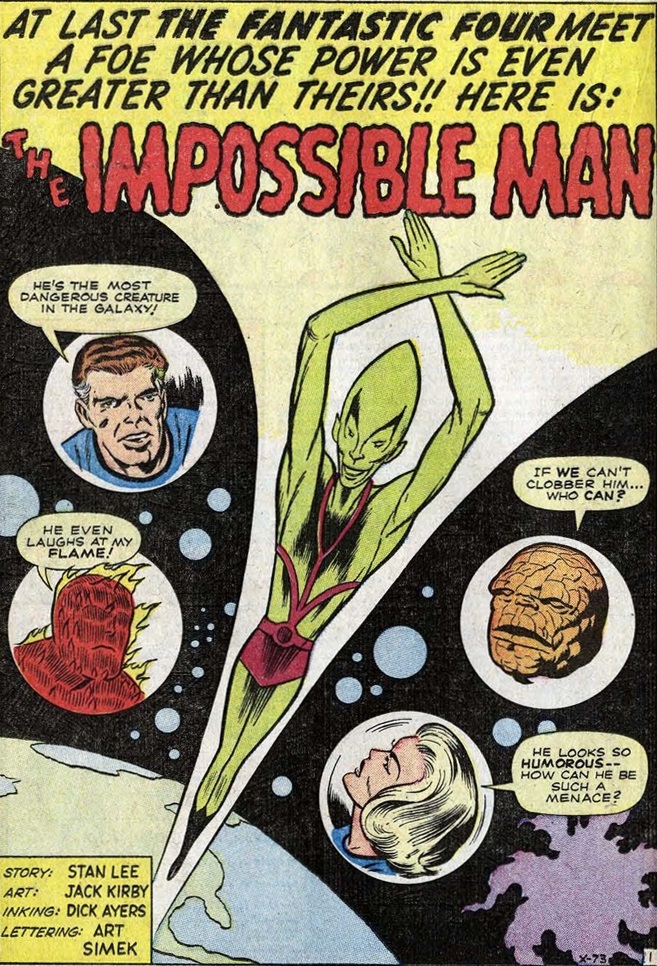
Characters like the bickering Fantastic Four, the brutish Hulk and the neurotic Spiderman are no heroes, not in the sense of the great men we look up to on television and the movies. They are not role models, men about whom to be inspired. Instead they are insipid antiheroic leads, out of touch with the mood of the 1960s. That may appeal to the Beats and poets, but Alan Ginsburg ain’t reading comic books.
Marcus can champion these characters all he likes, but mark my words, by 1969, Marvel Comics will be a mere footnote in comics history while the great heroes at National Comics thrive.
As I mentioned in my last essay for this journal, the costumed characters edited by Julius Schwartz at National embody all that is right and true about valor in American comic books. In Green Lantern, The Flash and the delightful “Adam Strange” in Mystery in Space, Schwartz and his team combine true heroism with real facts, giving Stan Lee and his staff of amateurs a lesson in professionalism, science and bravery.
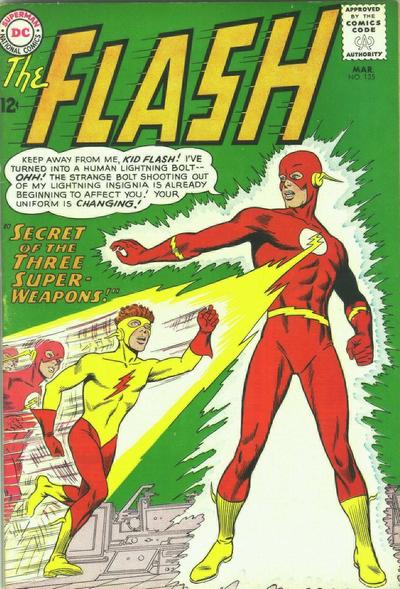
Take the March's Flash, issue #135, as an example. The story in this issue is a disciplined, scientifically-based yarn in which The Flash and Kid Flash beat back an invasion from Korydon, “the sixteenth dimension of the cosmos.” The exciting tale begins with Kid Flash hearing a message from a beautiful (and stylishly coiffed) woman from another planet because his cellular frequency is set to her wavelength. The woman reports that her enemies have selected Earth as their next invasion location. Thankfully she is able to intercept Kid Flash and send this message. Even more thankfully, the Science Institute calls on The Flash to track down the mystery behind several strange weapons sent to Earth as part of the invasion.
What follows as part of the generous 26-page action tale is a delightful hodgepodge of science, story and super fun. We witness the power of mind over matter transforming Kid Flash’s costume, watch a super-scanner work like a color TV into another dimension (I wish I could persuade my parents to buy a color TV, whether or not it sees into another dimension!), and watch a revolution overthrow the warriors for another dimension.
Every month, editor Schwartz and artist Infantino join with their uncredited writer (or writers) to deliver stories that could come directly from the pulps, thrilling tales that tempt with action and delight with scientific fact – as in the editor’s note that mentions that “even paper can penetrate an oak tree if driven fast enough by a tornado!” Their heroes are steadfast and emotionally strong. They don’t bicker. They do what is necessary to win their wars.
Best of all, unlike the rough and tumble Jack Kirby style, “Secret of the Three Super Weapons” contains gorgeous clean line art by an artist I recognize as Carmine Infantino. Unlike Kirby’s rough designs, Infantino delivers sleek and smooth depictions of his characters. The Flash and his protégé are not muscle-bound monsters. Instead they are slick speedsters whose lean bodies carry them at superhuman speeds.
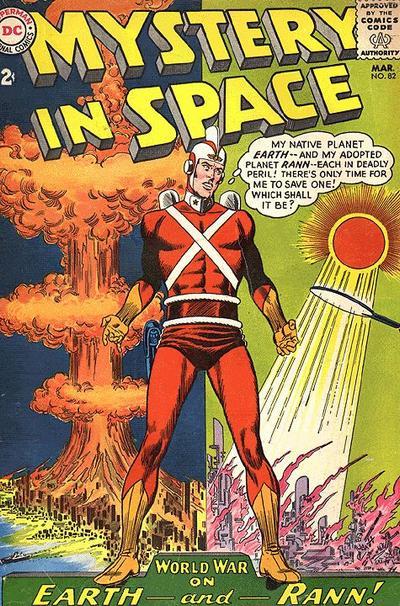
Mr. Infantino also delivers the lead “Adam Strange” story in Mystery in Space #82 (also the March issue) and again Mr. Infantino delivers his distinctively impeccable artwork to this take of a terrifying space threat that could destroy both Strange’s home planet Earth and his adoptive planet Rann.
In fact, “World War on Earth and Rann” opens with a scene that could come from those ugly creators at Marvel Comics and shows the difference between the two companies. Natives of backwards city-states of Rann are protesting Adam Strange’s presence on their planet, claiming that threats only began when he landed on their planet. Though these scenes are reminiscent of ugly moments in Marvel’s frightfully frustrating Fantastic Four series, this scene comes across as an elegant bit of real-world charm. Adam’s beautiful and beloved Alanna quickly tells Adam to move on from the complaint, so the couple can spend a romantic week together.
And so they do. After a ceremonial event, in which Adam is gifted a radiation detector, we get a tour of Rann, from its beautiful landscapes to a wonderful hunt to an amazing lunch in the ice caves of a tropical region of the planet. These sorts of charming travelogues would never appear in a Marvel Comic. They’re a delightful moment of characterization and world-building that allow the reader to breathe before the action starts in earnest.
That action starts during the lunch, as the ice caves become under threat from a giant flying lens. We witness Adam and Alanna flying and fighting the lens as equal partners (no sad wimpy Invisible Girl is she!) but Adam’s Zeta beam fires and he is returned to Earth. It’s an elegant transition to the threats Earth receives as a parallel threat is happening on our planet.
The tale flows in high action and dudgeon from there, with scenes of future fighter jets, visions of nuclear annihilation, and pneumatic technology fueling a human detective story. In a very satisfying ending, the villain of the piece is revealed not to be some craven, strange-costumed adversary but a scientist gone wrong. There’s a parable in the noble scientist driven mad by the destructive power he controls, and Infantino, Schwartz and the writer all display that story nobly. In the end, the citizens of Rann are proven wrong by the greatest power of all: the power of heroism.
In just 15 pages, readers receive an epic tale that spans two planets and multiple cities. The aliens are much more credible than those Stan Lee creates in his ridiculous tales, and science is always at the heart of these science fiction tales. In fact, science is so much at the heart of this comic book that readers also receive a one-page bonus “Giants of the Telescope” feature describing the incalculable impact William P. Rosse had upon the scientific world. Who says kids don’t want to learn as they read their comics?
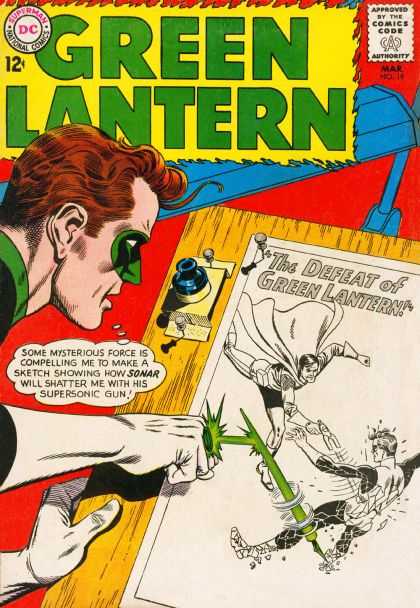
For my final example of the superiority of National’s offerings I give you “The Defeat of Green Lantern” from March's Green Lantern #19. Again edited by the superior Schwartz, with art as always by Gil Kane, this tale again combines scientific knowledge with superior storytelling to deliver a tale Stan Lee’s cohorts can only dream of.
As happens so often with Schwartz-led tales, the core of the story lies with science. On the first story page, we witness an ally of Earth’s Green Lantern try to inform his colleague about a cosmo-storm that can increase “sunspot activity, atmospheric lights and odd magnetic disturbances.” As any faithful “Galactic Journey” reader (and anyone who passed a freshman high school science class) would know, these events are much more realistic than vague “cosmic rays” as a means for creating problems in the universe. It also is logical, as the writer depicts, that those disturbances should also cause problems with Green Lantern’s amazing ring.
The story centers around the craven villain Sonar, who has the nucleo-sonic ability to draw energy from sound and use that sound in a solidified manner. Sonar uses this amazing ability to try to bring recognition to his tiny European homeland. Brilliantly Schwartz and team give credibility to Sonar’s megalomania in a richer and more thoughtful way than Lee and Kirby do for the shallow Doctor Doom. (They also choose a much better name for their villain, but, again, what do you expect?) Of course, Lantern is able to defeat Sonar because his strong instincts make him realize his ring is acting strangely. Green Lantern’s heroic abilities win out over the shallow craven villainy of Sonar.
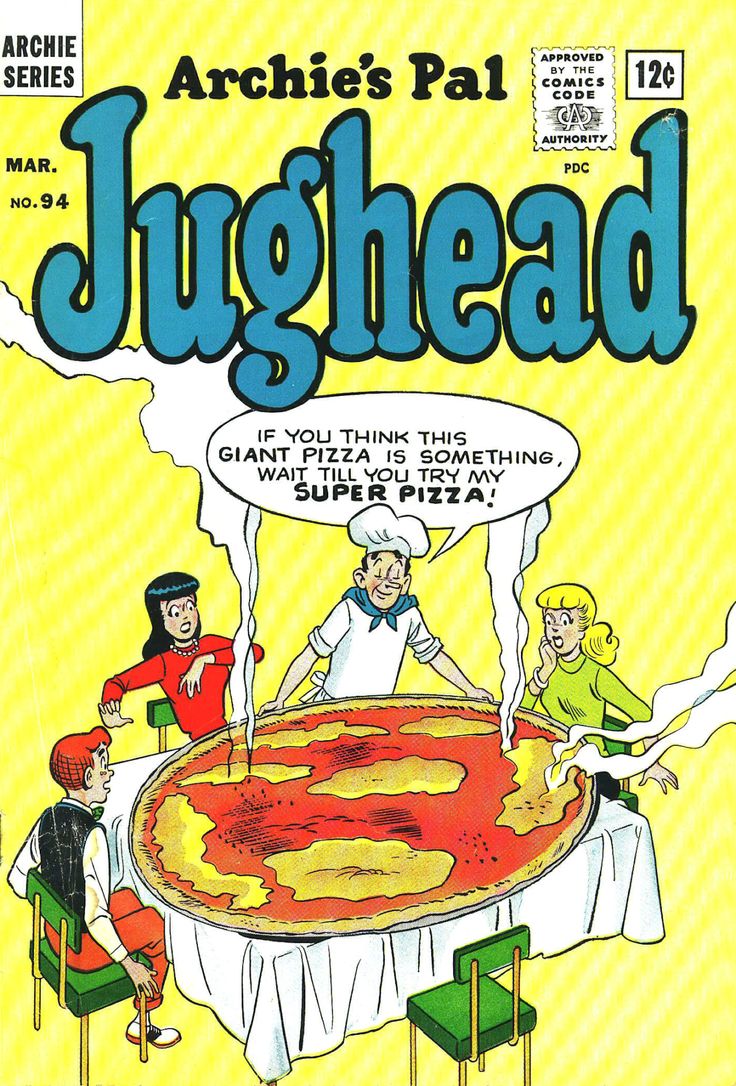
Mr. Marcus, you’re a smart man. That’s why I’m shocked and saddened by your professed ardor for some of the worst comics out there. You’d be better off reading the schlock of Archie Comics than the antiheroic, unscientific junk of Marvel Comics. On the other hand, maybe you should enjoy the adventures of the unfortunately named Spiderman as long as you can. Nobody will want to read the threadbare adventures Lee & co. are delivering. It will only be a short time till the name of the Fantastic Four reaches the dustbin of long-forgotten champions.
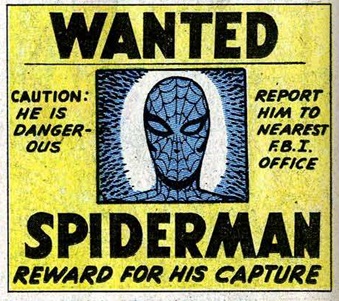
[P.S. If you registered for WorldCon this year, please consider nominating Galactic Journey for the "Best Fanzine" Hugo. Your ballot should have arrived by now…]









